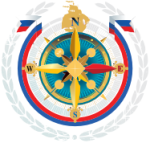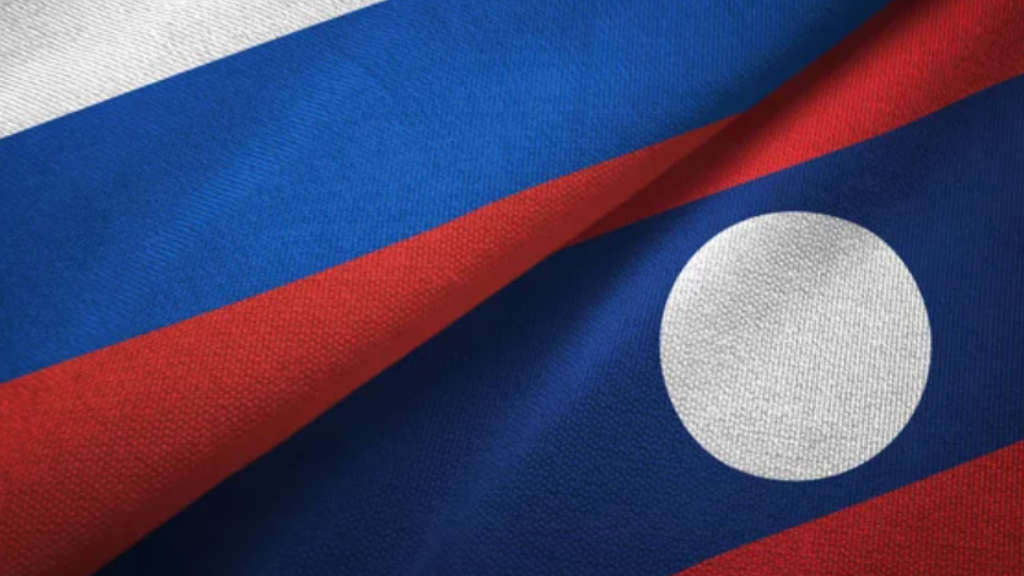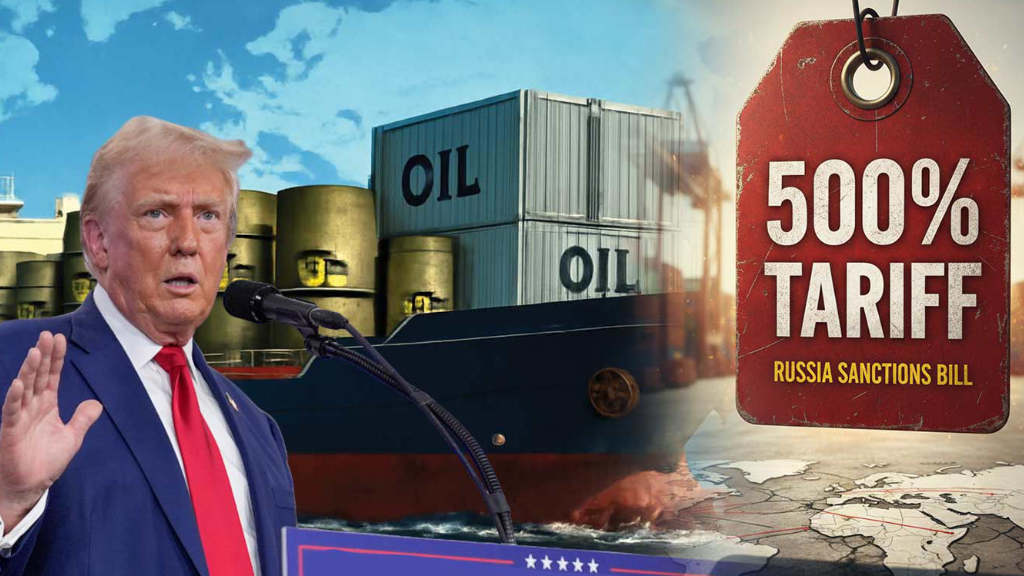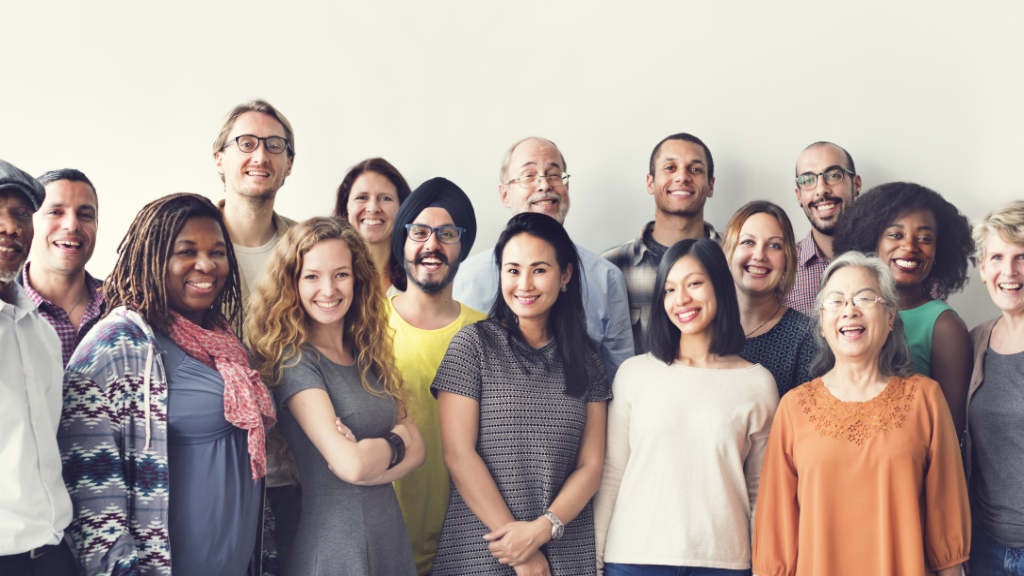The Russian President, Vladimir Putin, has met with the President of Laos, Thongloun Sisoulith, in Moscow. Several agreements were signed, including a treaty on mutual legal assistance in criminal matters; a MoU between corresponding agencies on cooperation in water resources management and protection, and in vocational and professional training.
A 2025–2026 roadmap for cooperation between Russia’s Rosatom and the Laos Ministry of Industry and Trade on nuclear energy was signed, as were two documents concerning cooperation between the Foreign Ministry’s MGIMO University and the National University of Laos and the Laotian Foreign Ministry’s Institute of International Relations.
Russia’s trade relations with Laos have been limited as the country is landlocked and mountainous, meaning access is overland, mainly via China or Vietnam; although bilateral trade between Russia and Laos rose by 66% in 2024, with growth continuing at 20% year-on-year from January to May in 2025. To deal with these challenges and increasing trade demands, Russia plans to start railroad transportation with Laos and container transportation by sea.
Putin said that “Due to an increase in mutual cargo flows, issues concerning expansion of container transportation by sea from Laos to Vladivostok through Vietnam’s ports are being considered. There are also plans to organize railroad cargo transportation through China.”
Concerning Rosatom, Putin mentioned that “The agreements on peaceful atom signed during the talks create a foundation to provide the Laotian economy with cheap and environmentally safe energy.”
Rosatom and Laos previously signed a roadmap concerning nuclear energy in September 2017, and the corresponding memorandum had been signed the year before. Sinava Souphanouvong, Laos’s then-deputy energy and mines minister, said in an interview with Rosatom’s corporate media outlet in August 2015 Rosatom and Laos were discussing the possibility of building a two-unit nuclear power plant.
When discussing the history of Russian-Lao relations, Putin cited the USSR’s support for Laos’ independence struggle as the foundation for current relations, saying that “The Soviet Union supported Laos’ struggle for independence and contributed to the development of its economy and armed forces. This shared history provides a solid foundation for today’s partnership.”
Putin also thanked the Lao leadership for a gift of two elephants to commemorate the 65th anniversary of bilateral relations, noting “they may be useful for household needs.” Putin said that “These elephants will live in a zoo in Saint Petersburg. I used to study there previously.” Sisoulith explained that the elephants are symbols of Laos, the “Land of a Million Elephants,” and of peace.
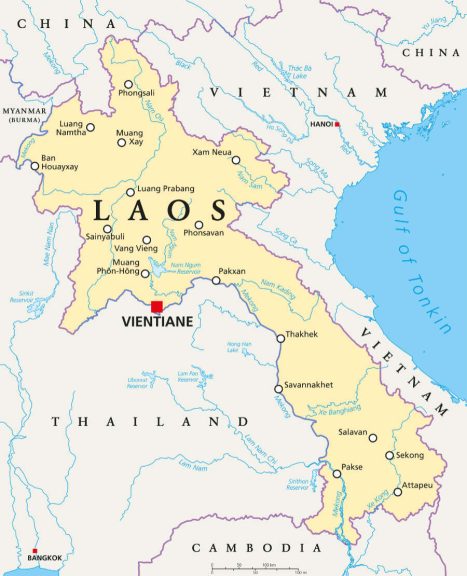
About 85% of Laos population of 7.7 million work in agriculture, with 90% of the arable land planted for rice. Peanuts, cotton, tea, tobacco, corn, sweet potatoes and sugarcane are also grown. The primary sources of GDP are the exploitation of gypsum, copper, tin, gold, and oil. Trading and catering services make up the majority of the service industry. Telecommunications equipment, trucks, metal constructions, rolled metal goods, and hydraulic turbines are the primary imports.
Through its membership of ASEAN, Laos increasingly trades with its ASEAN neighbours as well as China. Laos has also been given Generalised System of Preference (GSP) status by Belarus and Russia, while Kyrgyzstan and Tajikistan also grant Laos goods tariff-free protection. It also has additional bilateral agreements with Argentina, India, Kuwait, Mongolia, North Korea, and Turkiye. In January 2022, Laos became a member of the Regional Comprehensive Economic Partnership (RCEP).
Laos has a GDP (PPP) of US$79 billion, GDP per capita (PPP) of US$10,112, and an expected 2025 GDP growth of 4%.
2024 Russia-Laos bilateral trade was about US$8.3 million, however the two countries have long diplomatic ties going back to the Cold War era. Laos does pick up some manufacturing investments from neighbouring countries such as Thailand and China, and it also has a developing tourism industry. What trade there is, is typically energy produce from Russia and agricultural products such as fruits from Laos. The country is also quite mountainous which has created additional connectivity issues. In that sense, it was interesting that the Russian Minister of Transport, Roman Starovoit was also recently involved in bilateral discussions. There may be opportunities for Russian Railways to provide rolling stock.
Both the Russian and Laotian Central Banks are in discussions to involve the potential use of Russian MIR cards in Laos and to formalise Ruble-Kip trading, moving to sovereign currency use in trade relations. Although the trade dynamics are small, there are opportunities in the tourism sector for Russian nationals as well as smaller trade possibilities.
Further Reading
